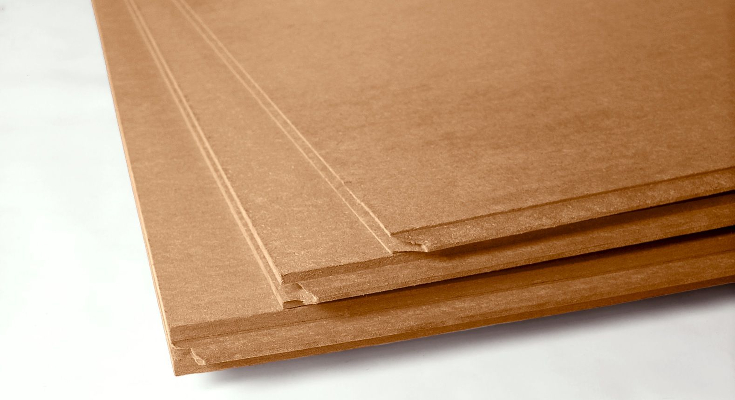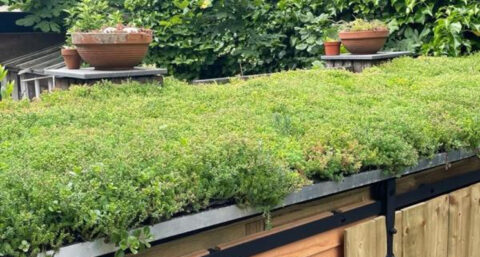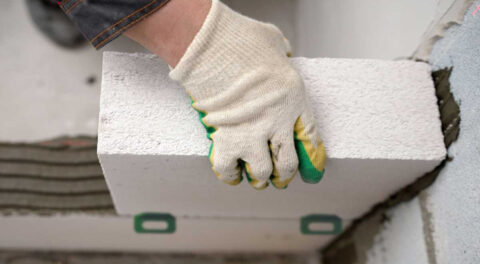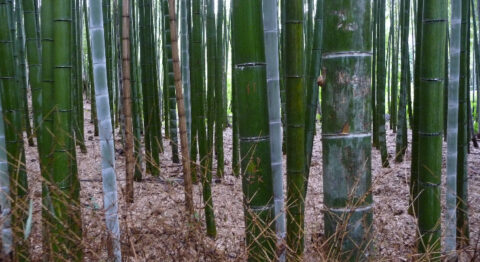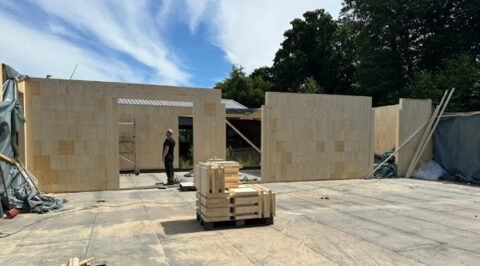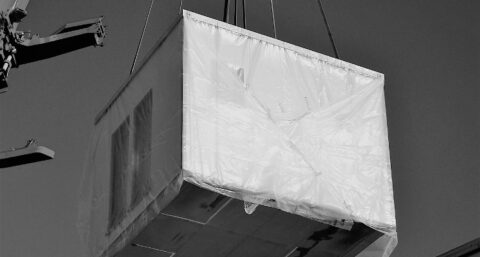There is a lot of focus on thermal insulation to keep heat in and cold out in the winter, and vice versa in the summer. But insulation can also be a solution to noise pollution. Depending on the source of the nuisance, acoustic insulation or soundproofing is needed.
The term acoustics refers to the way sound sounds in a room. Does it sound hollow, reverberate, echo? Do voices or sounds bounce off the walls? This is often the case in a bare room with hard walls. People generally experience the acoustics in such a room as unpleasant. The sound waves reverberate and keep going around. This reflection ceases only when the vibrations are absorbed. Hanging curtains and something like wall decorations, laying down rugs, putting down furniture and perhaps some plants already reduces the annoyance.
Insulating measures
But in an office or other (non-domestic) space, such decoration is not always desirable. Noise pollution due to poor acoustics can be remedied there with insulating measures. A stretch ceiling is one option. The cloth stretched tightly under the existing ceiling has microscopic holes that trap sound waves. The insulation layer at the top of the cloth also dampens sound vibrations. As a result, noise pollution decreases significantly. A tension wall gives the same effect.
Acoustic panels are often the choice. They can be attached to the ceiling or walls and quickly improve acoustics. Such sound-absorbing panels are well suited in classrooms, large public spaces and offices.
Mineral wool
For acoustic insulation, the thicker the layer of insulation, the more the acoustics improve. Mineral wool, such as glass wool or rock wool, are good materials for acoustic insulation. They have an open structure that absorbs sound vibrations well. However, the person applying the material must wear protective clothing, gloves, goggles and a face or mouth mask. In fact, mineral wool can irritate skin, eyes and lungs.
Polyester wool
Another material often chosen for acoustic insulation is polyester wool. It consists of recycled PET bottles whose polyester fibers are heated to produce a "woolly" material with a very good acoustic insulation value. Acoustic wall panels and suspended ceilings are made from this material, but it is also available in rolls. Polyester wool is durable, environmentally friendly and has fire class B according to the EN-13501-1 standard. This makes it suitable for use in public areas. In addition to acoustic insulation, polyester wool also has excellent thermal properties.
Sheets of wood fiber
Also very useful due to its porous structure are wood fibers. Residual wood from sawmills is often used to produce wood fiber boards. This is first shredded and then mixed with a binder. The boards pressed from it serve as an acoustic insulation material but also have a high thermal value. It is used to insulate ceilings, walls and floors.

